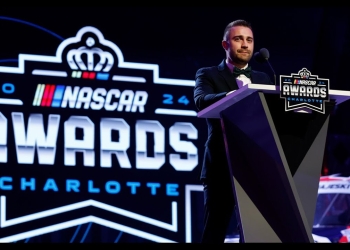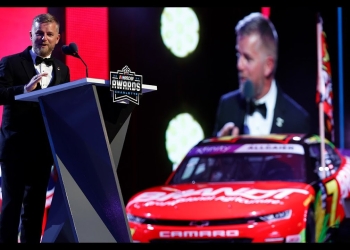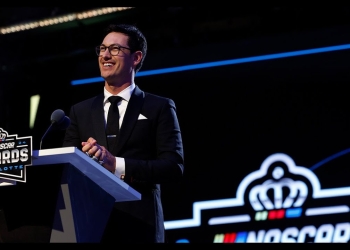The Evolution of NASCAR Playoff Racing
The NASCAR playoffs have become a crucible of competition, pressure, and strategy. As the stakes rise, drivers and teams must navigate a complex landscape where every position matters and split-second decisions can make or break a championship run. This article explores how the playoff format has impacted racing dynamics, driver behavior, and the overall competitive landscape of NASCAR.
The Widening Field of Contenders
In recent years, the pool of potential playoff contenders has expanded significantly. As one driver notes:
The truth for me is that it's almost impossible to predict who's going to make the playoffs because there aren't 16 or 17 cars that could, there are 25 or 26 cars that are good enough to make the playoffs.
This increased competitiveness has several implications:
- Teams that struggle early in the season can still mount a playoff push
- Non-playoff drivers remain motivated to fight for wins and positions
- The overall quality of racing has improved across the field
The Myth of Playoff Etiquette
Historically, there was an unwritten rule that non-playoff drivers should give way to those competing for the championship. However, this gentlemen's agreement seems to be fading. Several factors contribute to this shift:
- Increased parity in equipment: With the introduction of the Next Gen car, the performance gap between teams has narrowed.
- Hungry young drivers: Up-and-coming racers are less likely to defer to established stars.
- Every position matters: In a tight points battle, even a single spot can make a difference.
One driver recounted his experience at Phoenix in 2022, saying, "I didn't catch a break at all... just aero tight behind people, they're making sure they wrap the line."
Click here to preview your posts with PRO themes ››
The Pressure Cooker of Playoff Racing
The playoff format introduces a unique kind of pressure that affects both playoff and non-playoff drivers differently:
Playoff Drivers:
- Must balance aggression with consistency
- Face the threat of elimination in three-race segments
- May adopt more conservative strategies to protect points
Non-Playoff Drivers:
- Still fighting for wins and top finishes
- May take more risks without championship consequences
- Can play spoiler to playoff contenders
Strategic Decisions: Risk vs. Reward
The playoffs force teams to make difficult choices, often weighing short-term gains against long-term championship aspirations. A prime example comes from a recent race at Kansas:
We were in that sixth to 12th place range and then there was a chance to flip the stage and only have four lap older tires. We took that chance. If we were racing for points, we would have had to have stayed out.
This decision illustrates how non-playoff teams can afford to gamble, while playoff contenders might opt for a more conservative approach.
The Changing Landscape of Driver Relationships
The concept of a driver "fraternity" or "club" seems to be eroding. As one veteran observes:
I think the club is going away. I think you know, maybe 10 years ago, 15 years ago there were... 8, 10, 12 pretty big name drivers and they all understood they were going to be in good rides and they did take care of one another both on and off the track.
Factors contributing to this change include:
- Increased competition for top rides
- The influx of talented young drivers
- The pressure to perform in the playoff format
Click here to preview your posts with PRO themes ››
Looking Ahead: The Challenge of Roval Racing
As the playoffs progress, drivers face unique challenges at each track. The upcoming race at the Charlotte Roval presents a particularly daunting test:
- The format has changed, adding uncertainty
- It's considered as chaotic as Talladega by some
- Playoff and non-playoff drivers will be battling on a difficult road course
This race epitomizes the pressure-cooker environment of the NASCAR playoffs, where anything can happen and every lap counts.
Conclusion
The NASCAR playoffs have fundamentally altered the way drivers approach racing. While the increased pressure and competition have led to thrilling on-track action, they've also changed the dynamics between drivers and teams. As the sport continues to evolve, one thing remains clear: the path to a NASCAR championship is more challenging and unpredictable than ever before.









